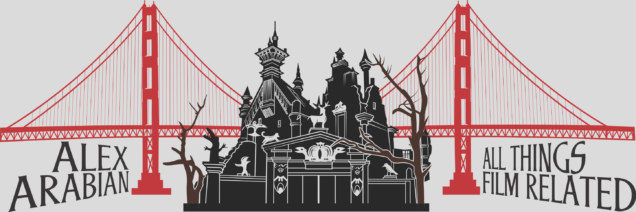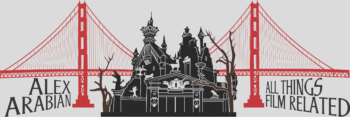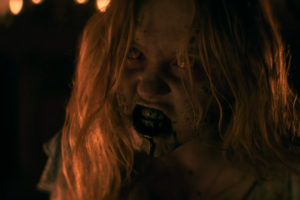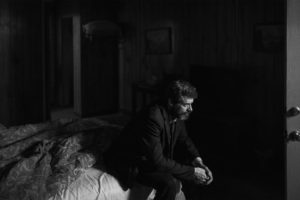The brilliant creative relationship between Alma Har’el and Shia LaBeouf began seven years ago when the actor contacted the documentarian after viewing her genre-bending documentary, “Bombay Beach,” a hypnagogic observation of societal outcasts in the abandoned settlement of the Salton Sea. The film is emblematic of both the empathy Har’el possesses as a filmmaker, as well as her seemingly effortless ability to blend fiction and nonfiction, adding an element of interpretive dance to her work. You can see why LaBeouf, keen on performance art, was drawn to Har’el, and why she directed the upcoming film, “Honey Boy.”
The night they met, they bonded over being children of alcoholics and clowns (her father a figurative clown, Shia’s a literal). Their rare bond is one of those personal and creative partnerships that produce beautifully vulnerable, ingeniously revelatory works of art like LaBeouf’s meta-autobiographical, extended therapy exercise, “Honey Boy,” featuring, arguably, his finest performance yet. It’s their close relationship and Har’el’s encouragement of LaBeouf to delve further into his painful past that led to such a cathartic end product.
At the Mill Valley Film Festival (MVFF), I sat down with Har’el to discuss her first narrative feature, her documentary background, the complex relationship between art and therapy, integrating therapeutic exercises with filmmaking techniques, mental health, addiction, LaBeouf’s personal transformation, and more.
You bring a unique documentary background to the table, which is invaluable, given the marriage of fiction and non-fiction in “Honey Boy.” What key aspects of your documentary filmmaking repertoire did you utilize for this film?
Somebody like me, that didn’t go to film school and isn’t using any preconceived notions of what it means to be a filmmaker, just dove in and then built my own way of working and looking at telling stories. The documentaries that I’ve made were very much focused not only on capturing the objective, factual, journalistic aspect of the story, if you may, they were very much actually focused on capturing the subjective, inner-life aspects of the people telling their stories and using techniques or ways of storytelling that are not necessarily conventional either in documentary or in scripted narrative. So, if it’s dance, mime or psycho-drama in “Love True,” which used therapy on set. Using all of that became very valuable in this film because there are moments in the film between Twigs and Noah that rely on a lot of movements.
Read the rest of the interview at The Playlist.




![Director Alma Har’el On ‘Honey Boy’, Therapy & The New & Improved Shia LaBeouf [Interview]](https://www.makingacinephile.com/wp-content/uploads/2019/11/Honey-Boy-Alma-Harel-1200x520-900x350.jpg)

![Jennifer Garner & David Tennant Talk New HBO Series ‘Camping’ & Why There Won’t Be A Season 2 [Interview]](https://www.makingacinephile.com/wp-content/uploads/2018/11/HBO-Camping-Jennifer-Garner-David-Tennant-1200x520-300x200.jpg)

Leave a Reply
Your email is safe with us.